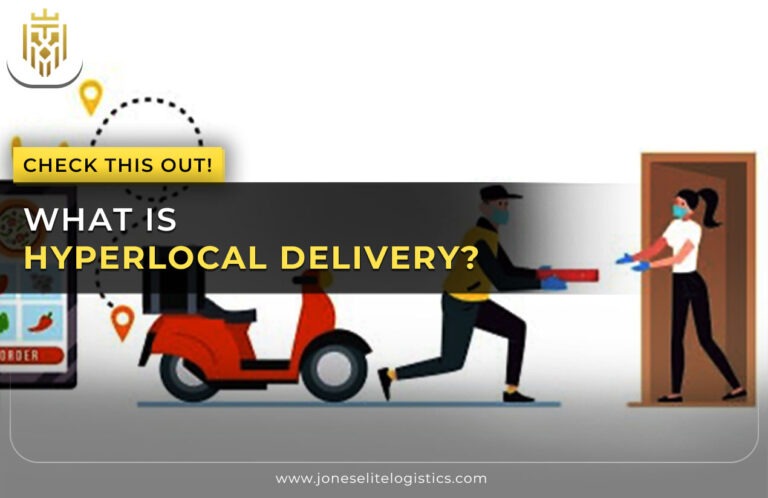What is Packaging Logistics?
Packaging logistics involves integrating packaging processes within the supply chain to optimize storage, transportation, and distribution. It plays a key role in ensuring timely deliveries and customer satisfaction within the logistics supply chain and logistics operations.

Difference between Packaging and Packing in Logistics:
Packaging and packing differ in purpose, materials, and functionality. Packaging focuses on protecting products and branding, while packing emphasizes efficient storage and transport. Both are essential in maintaining product quality and reducing logistics costs within the logistics supply and logistics operations.
Factors Affecting Packaging Choice:
Several factors play an important role when deciding the ideal packaging choice, and they include:
Product Characteristics:
Product design and properties determine packaging requirements for protection and presentation. Size, fragility, and perishability are key factors in logistics packaging and commerce packaging.
Manufacturing and Packing Process:
Packaging efficiency depends on the production methods and packing processes used. Automation and technology integration can enhance this efficiency, impacting the overall logistics supply chain.
Handling in Transportation and Storage:
Proper packaging ensures products remain safe during handling, transportation, and storage. Durability and ease of handling are critical considerations in logistics packaging.
Environmental Impact:
Packaging choices affect sustainability through material usage and waste generation. Eco-friendly packaging reduces the carbon footprint and conserves resources, a key consideration in logistics supply and logistics operations.
Points of Sale:
Packaging must meet the needs of retail and distribution points, enhancing product appeal. Customization for different markets and retail environments is often necessary in commerce packaging.
Types of Packaging in Logistics:
Packaging in logistics is categorized into primary, secondary, and tertiary types, each serving distinct purposes. These layers work together to protect products and facilitate movement through the logistics supply chain.
Primary:
Direct packaging protects the product and often includes branding. It is essential for product safety and hygiene within the logistics supply.

Secondary:
Packaging that groups primary packages for easier retail handling and transport. It also provides additional protection during transit, a crucial aspect of logistics packaging.

Tertiary:
Bulk packaging is used for the transportation and storage of secondary packages. This level of packaging is designed to optimize logistics operations and the logistics supply chain.

Packaging Strategies:
Different goods require specific packaging strategies for optimal protection and presentation. Implementing the right strategy can improve efficiency and customer engagement within logistics packaging.
Consistency in Packaging Measurements:
Uniform packaging ensures easy handling and efficient logistics processing within the logistics supply chain. Standardization helps reduce errors and simplifies storage in logistics operations.
Implement Sustainable Material Choices:
Eco-friendly materials reduce environmental impact and support waste reduction goals in logistics packaging. Sustainable practices can also enhance brand image.

Apply Technology to Enhance Packaging:
Technological integration boosts packaging efficiency and functionality in logistics. Smart packaging can improve tracking and enhance security in the logistics supply chain.
Provide an Exceptional Unboxing Experience:
A memorable unboxing experience improves customer satisfaction and brand loyalty in commerce packaging. High-quality packaging can leave a lasting impression on consumers.
Utilize Interactive Packaging Solutions:
Interactive packaging engages customers and enhances the overall brand experience in commerce packaging. This can include QR codes, augmented reality, or personalized messages.
Benefits of Packaging in Logistics:
Effective logistics packaging offers several benefits, including protection, efficiency, and cost savings. Proper packaging also contributes to sustainability efforts and improves customer experiences within the logistics supply chain.
Protection of Products:
Packaging ensures products are safeguarded during transport and storage in the logistics supply chain. It minimizes the risk of damage and preserves product quality in logistics packaging.
Efficiency and Cost Savings:
Optimized packaging reduces the chance of wasting materials, lowering costs and improving supply chain efficiency. It can also streamline operations and reduce handling time in logistics operations.
Better Customer Experience:
Effective logistics packaging offers several benefits, including protection, efficiency, and cost savings. Proper packaging also contributes to sustainability efforts and improves customer experiences within the logistics supply chain.
Environmental Sustainability:
Sustainable packaging practices contribute to environmental conservation. Using recyclable or biodegradable materials helps reduce waste and promotes eco-friendly initiatives within logistics operations.
FAQs
1) What is Packaging Logistics?
Packaging logistics involves integrating packaging processes within the supply chain to optimize storage, transportation, and distribution. It plays a key role in ensuring timely deliveries and customer satisfaction within logistics supply and logistics operations.
2) What are the Types of Packaging Logistics?
The types of packaging logistics are: Primary, Secondary, and Tertiary.
3) What are the Factors in Packaging Logistics?
The factors are Product Characteristics, Manufacturing and Packing Process, Handling in Transportation and Storage, Environmental Impact, and Points of Sale.
4) What are the benefits of Packaging Logistics?
Some of the benefits include product protection, cost-savings, better customer experience, and environmental sustainability.









